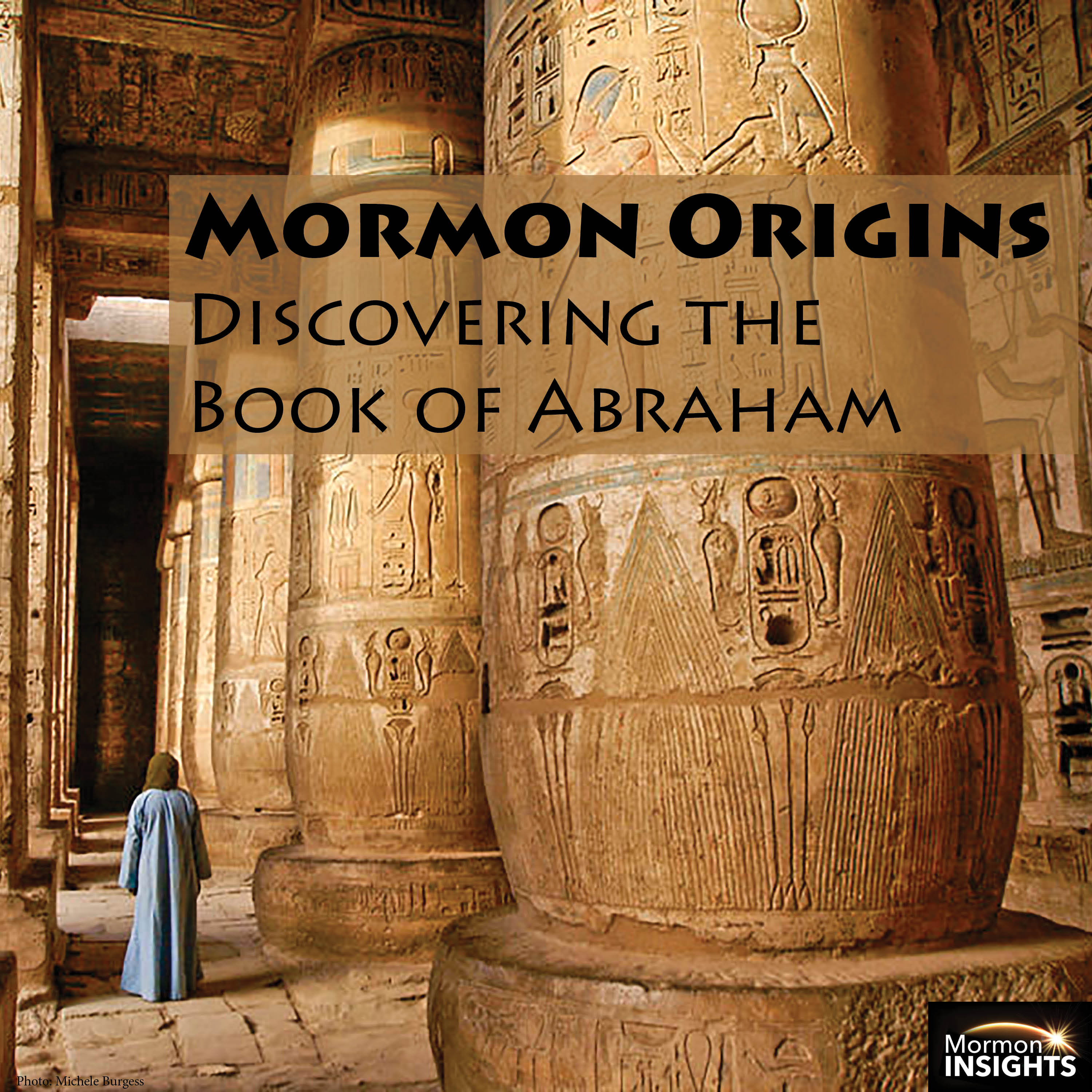Discover which book in the Pearl of Great Price was translated from ancient papyri found in Thebes, Egypt.
Discovering Mummies

In the late eighteenth century, Napoleon Bonaparte’s escapades sparked new interest in the exploration of Egyptian antiquities. Italian explorer Antonio Lebolo uncovered a large cache of mummies and papyri near Thebes, Egypt. Soon after the discovery, under curious circumstances, mummies and papyri were sent to New York City. A few of these artifacts—including papyri and four of the mummies that Lebolo had found—were picked up by an antiquities dealer, Michael Chandler, and later sold to the Saints in Kirtland, Ohio.
Translating Egyptian Manuscripts
Joseph Smith began translating the ancient papyri bought by the Saints. By divine inspiration, he translated the book of Abraham, a record of Abraham’s writings in Egypt, and compiled an alphabet and grammar of the Egyptian language. Joseph spent much time and effort translating papyri during the second half of 1835 and early 1836. Texts from this period show that he pursued translation efforts through both divine and scholarly means.
From the papyri came several different documents related to the translation process. These documents include a “counting” document as well as multiple “alphabet” documents and “sheets of copied hieroglyphs.”
Thanks to these inspired efforts, the book of Abraham is included in the standard works. The doctrines contained in it add to our knowledge of key points of the gospel, such as the Creation of the world, the purpose of a Redeemer, and our eternal nature as children of God.
See “Introduction to Book of Abraham Manuscripts” for more information regarding the ancient records of Abraham.
Source: The Joseph Smith Papers
—Allen Warner, Mormon Insights
Find more insights
The original papyri are partially extant; images are available on the Joseph Smith Papers website.
To read Hugh Nibley’s research on the book of Abraham, see his book Abraham in Egypt.
Photo courtesy of Egitalloyd



What is really interesting about Joseph Smith’s translation of the Book of Abraham was that the Prophet told Brigham Young that there was more to come from the papyri (meaning more translations) especially from the life of Joseph of Egypt. Now, we only have about 2% of the fragments. I hope that someday we get that scripture!
I often visit your blog and have noticed that you don’t
update it often. More frequent updates will give your website higher rank & authority in google.
I know that writing articles takes a lot of
time, but you can always help yourself with miftolo’s tools which will shorten the time of creating an article to a couple of seconds.
Thank you so much for your feedback! Mormon Insights is run by an editorial staff made up of students at BYU, which is why there is sometimes a lack of posts when a new semester starts or when the class isn’t offered during a particular semester. However, we are planning on the class being offered the next few semesters, so there should be posts on the blog more frequently! Thank you again for your feedback! We hope you enjoy Mormon Insights.